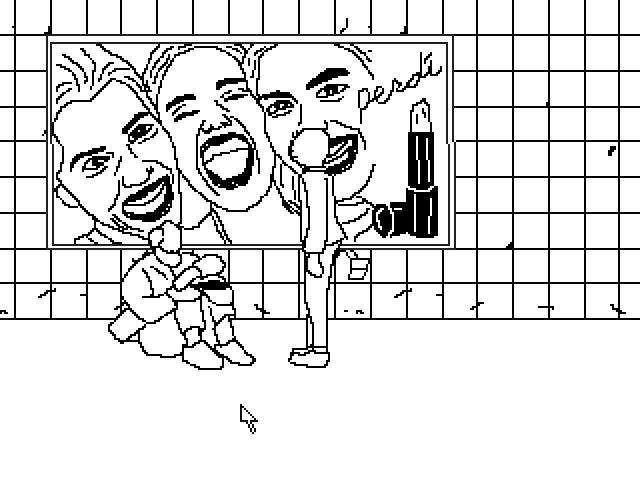A couple of sessions from Thursday.
How to Become Fireproof: Surviving Internet Negativity
Thursday, 2:30pm-2:55pm
Speaker: Nika Harper (Independent)
Nika addressed the topic well. First, she clarified: you’re a creator! You create things that are put out into the world and are going to be seen by people on the Internet. This is an act of vulnerability. Your creation is part of you.
She broke down negative comments into three archetypes:
-feels threatened by you/your creation and attacks you personally
-super fans who feel betrayed when they don’t get what they really, really want
-trolls who’re gonna hate
It’s valuable to understand where the negativity is coming from because you can then apply reason to your perception and response. Does the comment have any effect for you or your creation? Is there useful feedback hidden in the shadow of the negativity? Is there any point to exacerbating a situation with negativity toward them? These are questions to ask before choosing to respond.
There’s also the notion that every interaction involves human beings. The troll is a human being, and so are you. Nika finds that responding to negative comments in a reasonable way, or responding at all in some cases, makes them realize that you are a real person. This helps dissuade the sort of comments that are needlessly negative.
Beware the verbose negativity. Don’t let a lot of big words hide those useless, negative comments.
It felt like this session was too short for the topic of discussion. But I reckon it’s a great primer for students, new devs, and anyone who needs a better understanding of the reasons and responses for negative Internet comments.
#1ReasonToBe
Thursday, 4:00pm-5:00pm
Speakers: Leigh Alexander (Gamasutra), Deirdra Kiai (Independent), Anna Kipnis (Double Fine Productions), Colleen Macklin (Parsons The New School for Design), Laralyn McWilliams (The Workshop Entertainment), Brenda Romero (UC Santa Cruz), Lauren Scott (UC Santa Cruz)
A great series of talks about women and minorities in the games industry, the bullshit they often deal with, and why it’s still a industry with great potential for change and inclusivity. I encourage folks to check out the talk when it gets released via Gamasutra.
Brenda and Leigh introduced the talk, going over the history and the reasons that the Advocacy track exists. (Shout-out to Meggan for making it possible). They discussed that #1reasonwhy was the genesis, but then Rhianna Pratchett introduced #1reasontobe to discuss positive experiences working in video games. Leigh described her early experiences and her wish that, someday, there’d be no need for such discussions, because the industry will have evolved to a point that all who want to make video games feel welcomed, respected, and equal. In particular, encourage girls, women, minorities, and anyone who doesn’t think it’s possible because they don’t feel like they belong to pursue their passion.
Laralyn
-The early days of the industry were especially tough.
-Some people worked on games as a hobby because it just didn’t occur to them that they could do it for a living.
-Individual games game inspire one to create (Myst, Secret of Monkey Island).
-Life is too short to waste on fear and uncertainty. Do what you’re here to do.
Lauren
-Encouragement and the support of family and friends to instill confidence in someone who wants to create video games.
-A call for mentorship. Various other industries have mentorship programs built into them, but video games do not. Why? We need future generations to support and inspire young game devs.
Colleen
-Diversity!
-Identify patterns in your workplace, all around you. When you do, analyze them as you would any design, and change them if necessary.
-Review the UX for your hiring processes. Is it user-friendly for all?
Anna
-Your idea is just as worthy of consideration as anyone else’s.
-Seek inspiration from those who’ve come before.
-Where are women as project leads? We need more.
-Game jams to encourage everyone to participate in the creation of video games.
Deirdra
-Making games is easy. Belonging is hard.
-Differences–whether skin color, or body shape, or personal preference–can isolate us, which is a terrible feeling for anyone. It’s alienating. We need to be inclusive.
-There are small hints of change. Panels such as this. A glimmer of hope.
So many people love video games! They love playing them, making them, sharing them. Let’s speak out and encourage them, and call out the practices that prevent or discourage them from doing what they love.

